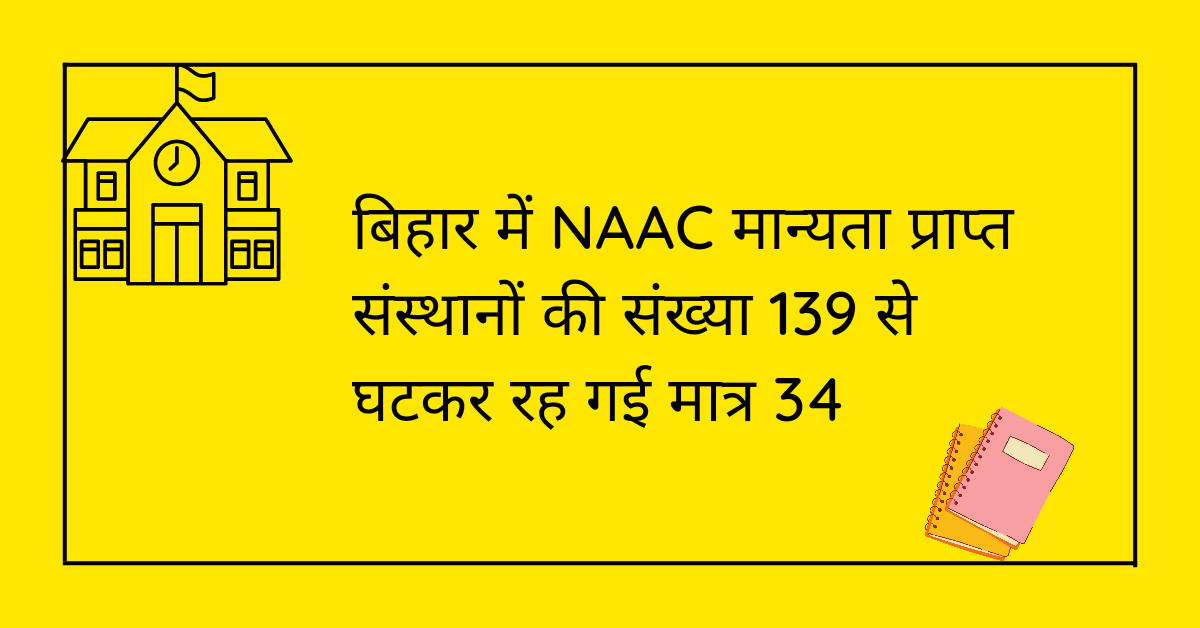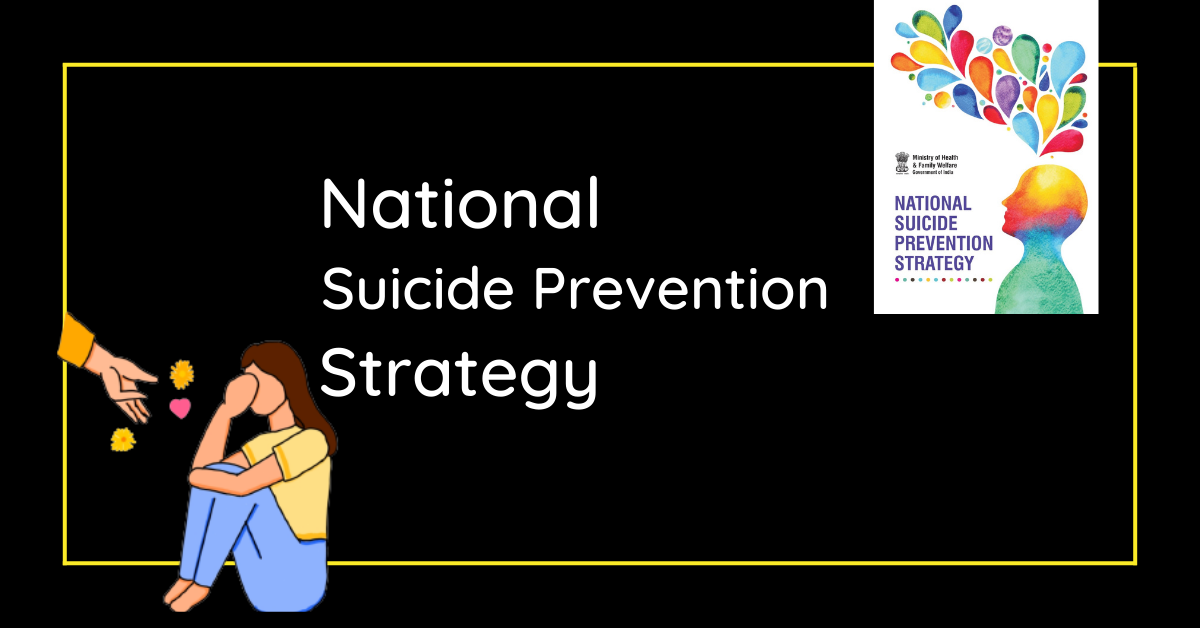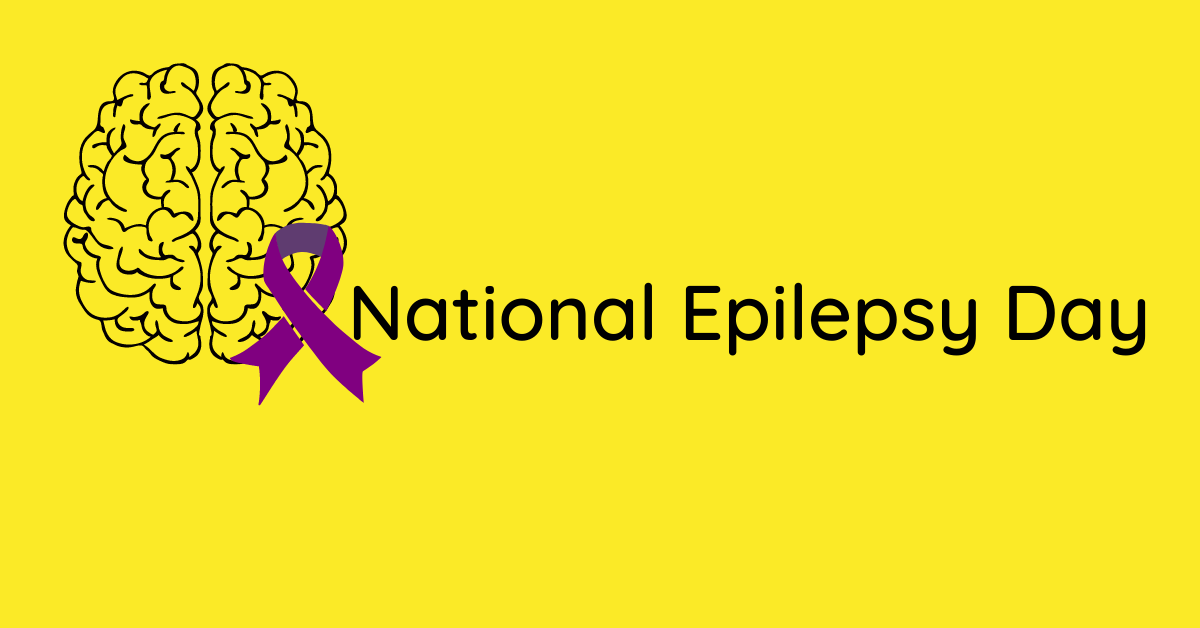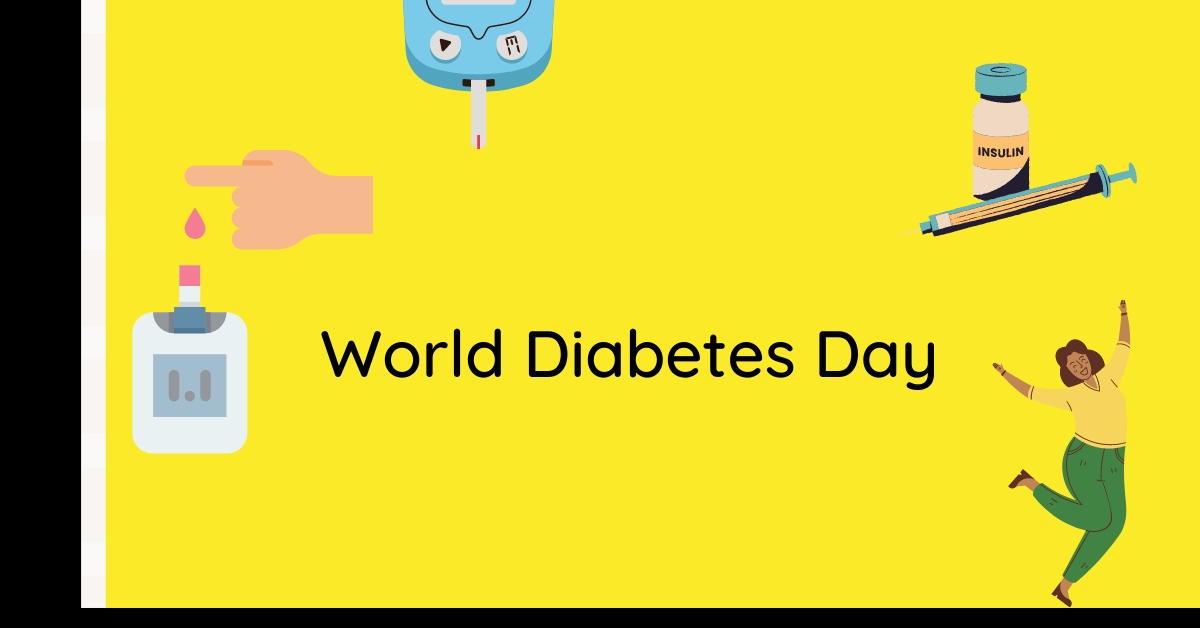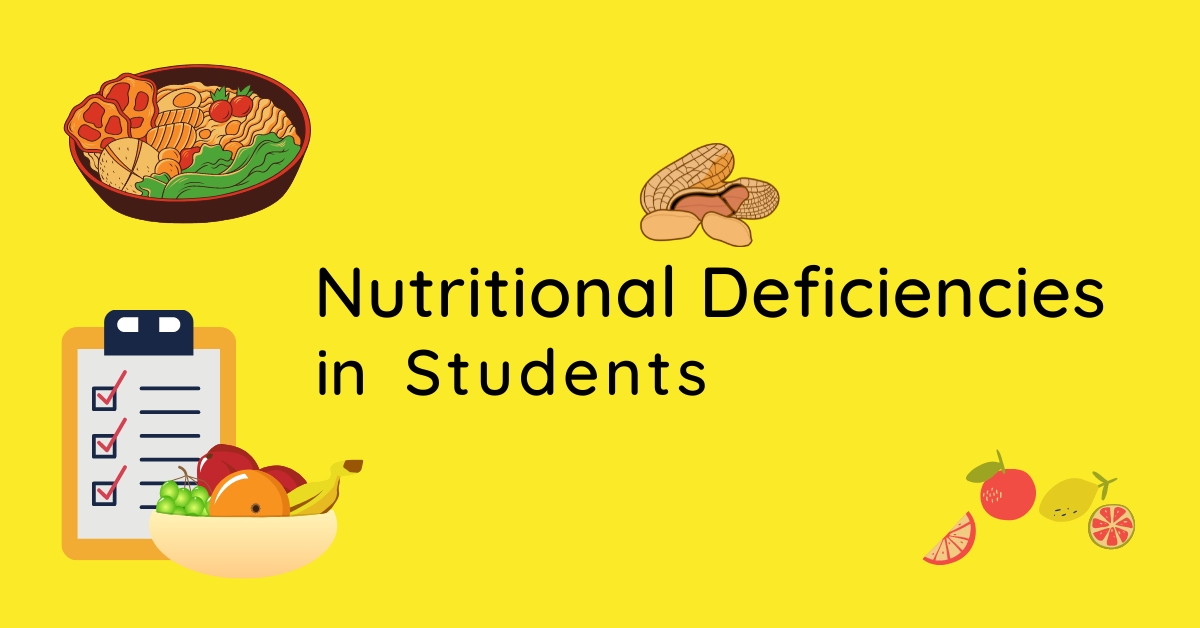बिहार की सुप्त शिक्षा व्यवस्था की पोल खुलना कोई नई बात नही है, इसका ताजा उदाहरण उच्च शिक्षण संस्थानों में NAAC द्वारा मान्यता प्राप्त संस्थाओं कि संख्या में हुई बड़ी गिरावट के रूप में सामने आया है।
उल्लेखनीय है कि वर्ष 2013 में केंद्र सरकार ने पहली बार राष्ट्रीय उच्च शिक्षा अभियान के तहत वित्त पोषण के लिए NAAC मान्यता को एक अनिवार्य आवश्यकता बना दिया था। इसके बाद देश भर के उच्च शिक्षण संस्थानों में मान्यता प्राप्त करने के लिए होड़ मची हुई थी, लेकिन बिहार की शिक्षा व्यवस्था इस मामले में आराम फरमाती रही, इस तथ्य के बावजूद कि सभी शिक्षण संस्थानों को मान्यता प्राप्त करने के लिए 2022 तक का समय दिया गया था।
राज्य उच्च शिक्षा परिषद (SHEC) के पास उपलब्ध आंकड़ों के अनुसार, राष्ट्रीय प्रत्यायन और मूल्यांकन परिषद (NAAC) द्वारा वर्गीकृत संस्थानों की संख्या में बिहार में भारी गिरावट आई है, राज्य में अब केवल 34 मान्यता प्राप्त कॉलेज और दो विश्वविद्यालय बचे हैं। कुछ साल पहले NAAC से मान्यता प्राप्त संस्थानों की संख्या राज्य में 139 तक पहुंच गई थी, लेकिन अधिकारियों ने कहा कि कोविड-19 महामारी के दौरान और उसके तुरंत बाद खुद को फिर से वैलिडेट कराने और सेल्फ-स्टडी रिपोर्ट (SSR) जमा कराने में कई संस्थानों की उदासीनता की वजह से उनकी मान्यताओं पर असर पड़ा है। अब, अपनी वैधता को नवीनीकृत करने के इच्छुक संस्थाओं द्वारा SSR रिपोर्ट जमा करने की समय सीमा बढ़ा कर 31 दिसंबर 2022 कर दी गई है।
पहले राज्य में A श्रेणी के सात कॉलेज थे जिनमें से केवल दो – पटना वीमेंस कॉलेज और सेंट जेवियर्स कॉलेज – इस श्रेणी में अब रह गए हैं। इनकी वैधता 31 दिसंबर 2023 को समाप्त हो जाएगी।एएन कॉलेज की वैधता हाल ही में 29 अक्टूबर 2022 को समाप्त हो गई। कॉलेज ऑफ कॉमर्स, आर्ट्स एंड साइंस के लिए, वैधता पिछले साल ही समाप्त हो गई थी, लेकिन संस्थान द्वारा आवेदन करने के बाद कोविड-19 महामारी को देखते हुए इसे अक्टूबर 2022 तक फिर से वैध कर दिया गया था। इसके अलावा मिल्लत ट्रेनिंग कॉलेज की मान्यता भी 8 जून 2022 को समाप्त हो गई।
NAAC द्वारा मान्यता प्राप्त विश्वविद्यालयों की बात करे तो उनकी संख्या पहले राज्य में कुल 7 थी जो अब घट के सिर्फ 2 रह गई है। चाणक्य नेशनल लॉ यूनिवर्सिटी (CNLU)और पटना यूनिवर्सिटी (PU) जिसे केवल तीन साल पहले पहली बार ग्रेड दिया गया था के अतिरिक्त कोई भी विश्वविद्यालय राज्य में ऐसा नहीं है जिसे NAAC के तरफ से मान्यता प्राप्त हो। हालाँकि, राज्य के कुछ विश्वविद्यालयों को कभी भी NAAC मान्यता मिली ही नहीं, जबकि कई जो पहले मान्यता प्राप्त कर चुके थे, वे इसे जारी रख पाने में असफल रहे।
SHEC के अकादमिक सलाहकार एनके अग्रवाल ने कहा कि, “10 नवंबर को बैंगलोर में NAAC की एक बैठक हुई थी और हमने उस बैठक के परिणाम के आलोक में नए और लक्षित प्रयास शुरू करने की योजना बनाई है। आगे की राह पर चर्चा के लिए अतिरिक्त मुख्य सचिव (शिक्षा) दीपक कुमार सिंह ने 22 नवंबर को सभी कुलपतियों की बैठक बुलाई थी. हमें उम्मीद है कि हर जिले में कम से कम एक सबसे उपयुक्त संस्थान को मान्यता मिल जाएगी और बाद में इसे चरणबद्ध तरीके से बढ़ाया जाएगा।”
अतिरिक्त मुख्य सचिव ने कहा कि राज्य सरकार चरणबद्ध तरीके से सभी संस्थानों को मान्यता दिलाने के लिए प्रतिबद्ध है, क्योंकि यह कई लाभ प्राप्त करने के लिए एक बुनियादी आवश्यकता थी। उन्होंने कहा, “राज्य के रोड मैप पर चर्चा करने के लिए NAAC बैंगलोर की एक टीम के साथ राज्य के कुलपतियों और कॉलेज प्राचार्यों की एक बैठक भी विचाराधीन है।” ज्ञात हो कि, केंद्र की नई शिक्षा नीति के तहत, NAAC मान्यता एक बुनियादी आवश्यकता है, जो संस्थाओं के फंडिंग से जुड़ी है।
SHEC के एक वरिष्ठ अधिकारी ने इस प्रकरण पर कहा कि, “बिहार में इस तरह की नरम गरम प्रतिक्रिया इसलिए है क्योंकि यहाँ के कई संस्थानों को अतीत में शिक्षकों की भारी कमी, छात्रों की खराब प्रतिक्रिया, अपर्याप्त बुनियादी ढाँचे, गैर-पाठ्यक्रम गतिविधियों की कमी, अनुसंधान की कमी, अनियमित कक्षाओं और देर से शैक्षणिक सत्र, नेशनल इंस्टीट्यूशनल फ्रेमवर्क रैंकिंग (NIRF) में अनुपस्थिति और चॉइस-बेस्ड क्रेडिट सिस्टम (CBCS) अभाव के कारण खराब ग्रेड मिले हैं। पटना विश्वविद्यालय किसी तरह इस साल से सीबीसीएस शुरू कर सकता है। अन्य जगहों पर सेमेस्टर प्रणाली भी अभी शुरू होनी बाकी है, जबकि दिल्ली विश्वविद्यालय और अन्य विश्वविद्यालय नई शिक्षा नीति के अनुसार स्नातक स्तर पर चार वर्षीय एकीकृत प्रणाली की ओर बढ़ चुके हैं। इस सब कि मुख्य समस्या संस्थानों के स्तर पर पहल की कमी है। 2-3 साल की देरी से शैक्षणिक सत्र के साथ, मान्यता एक कल्पना मात्र है,”
SHEC के वाइस चेयरमैन कामेश्वर झा ने कहा कि पिछले साल मान्यता के मुद्दे को हल करने के लिए गठित एक समिति ने अपनी विस्तृत रिपोर्ट और एक रोड मैप प्रस्तुत किया था, वर्तमान परिस्थिति से निपटने के लिए उसके पालन की आवश्यकता है। उन्होंने कहा, “यह दुर्भाग्यपूर्ण है कि संस्थान कोई दिलचस्पी नहीं दिखा रहे हैं और मान्यता प्राप्त संस्थाओं कि संख्या इतनी कम हो गई है। इसका असर भविष्य में उनकी संस्थानों के फंडिंग पर पड़ेगा। इससे भी बुरी बात यह है कि 95% कॉलेजों में नियमित प्राचार्य नहीं हैं और विश्वविद्यालय और कॉलेज दोनों स्तरों पर इस समस्या के समाधान हेतु कोई नेतृत्व नही है। प्रधानाध्यापक और कुलपति, जिनके पास अतिरिक्त प्रभार है, वे अच्छा प्रदर्शन नहीं करते हैं। पूर्व में भी, NAAC निदेशक और वहां से टीमों ने मान्यता के लिए कॉलेजों और विश्वविद्यालयों को प्रोत्साहित करने के लिए बिहार का दौरा किया, लेकिन लगातार प्रयास करने के बावजूद कोई खास सुधार देखने को नहीं मिला है।”


